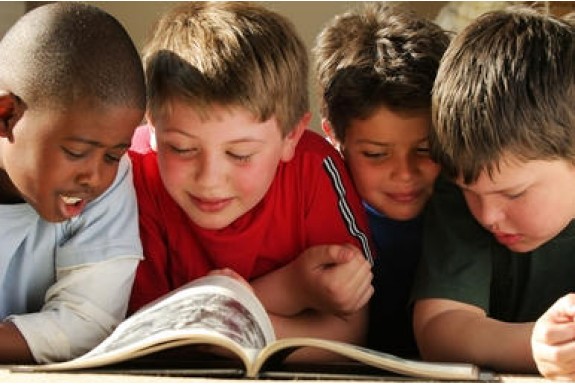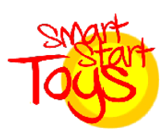What is phonics?
 2018-07-24 17:11:56
2018-07-24 17:11:56
Phonics is a method of teaching children how to read and write.
It's all about sounds. There are 44 sounds in the English language, which we put together to form words. However, although phonics will help with basic first reading skills, as with other areas of the English language, there are exceptions. Therefore once the basic phonic sounds are remembered and recognised, progression in reading involves repetition and familiarity of words.
There are many games and activities that can help young children with their early phonics, once these are known and recognised, skills in reading develop through practice. Practice can begin at the earliest stages with parents or carers reading to the child while running their finger under the words and later with children reading aloud or to themselves.
What are the 44 sounds and how should I introduce them to my child?
Some of the sounds are represented by one letter, like 'p', and some by two or more, like 'sh' in shoe and 'ow' in cow.
Firstly the sounds should be taught, followed by matching them to letters, and finally using the letter sounds for reading and spelling.
The letter ‘B’ is pronounced ‘bee’ but in reading is simply ‘b’; this can be confusing for children, so instead of trying to teach the two at the same time, it is helpful to teach the sound first.
Method 1
The 44 sounds are usually taught in this order:
s a t p i n
m d g o c k/ck
e u r h b f
l j v w x y z
qu ch sh th ng
ai ee igh/ie oa oo (short) oo (long)
ar or ur/er ow/ou oi
air ear ure
As soon as a child knows the first four sounds, they can start to read. 'S', 'A' 'T' and 'P' can create quite a few words: Sat, Pat, Cat, Pat, Cap adding 'I' and 'N' then creates a host of new possibilities.
A very useful and fun method to teach first words is through the use of flash cards. The flash cards can contain whole words, segmented words (eg. ‘C’ and ‘OW’ ) and pictures. Various games and activities can then be played, for example, snap, matching the sounds, matching the words to a picture, reading the sounds and then a word and so on.
So with this method children are learning the sounds and creating words before using books to ‘read’.
Method 2
Another approach would be to practise phonics while reading with children. Children can point to each word as they read and the parent/carer can do the same. Children can also separate the words into phonetic sounds and then put those sounds together to create the word. Even difficult words can be tackled in this way; however when there are exceptions to the phonics rule, the words will need to be learned by sight.
Check understanding
As you read it is always a good idea to ask your child questions about the story you've been reading to check they are understanding the words. This will also prompt questions about the story and begin to instill the idea of questioning the reasons ‘why’ behind a story and even begin to teach children to provide their own opinion on a book.
Resources:
Flash cards, books, worksheets:
Wall Charts:
Magnetic Phonics
Card games, fridge magnets, wall hangings, dice games.
Online Games:
Letters and Sounds http://www.letters-and-sounds.com/
Phonics Play: http://www.phonicsplay.co.uk/index.htm
TES resources:
Teachers Resources: http://www.tes.co.uk/article.aspx?storyCode=6012398
PDF downloads of worksheets, games, ideas for teachers.




-80x80.jpg)


